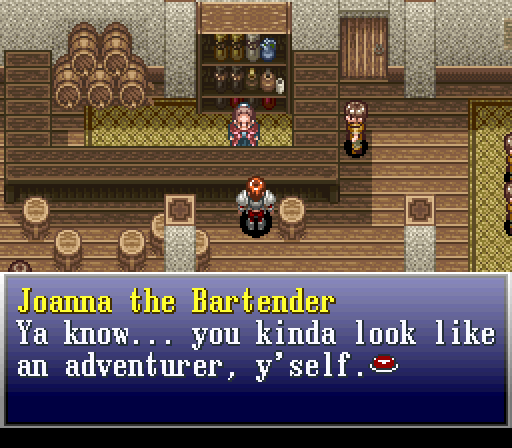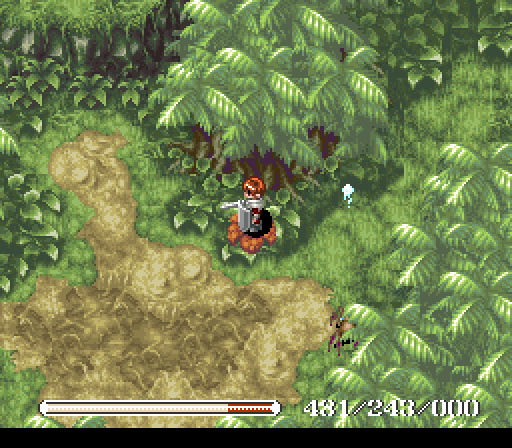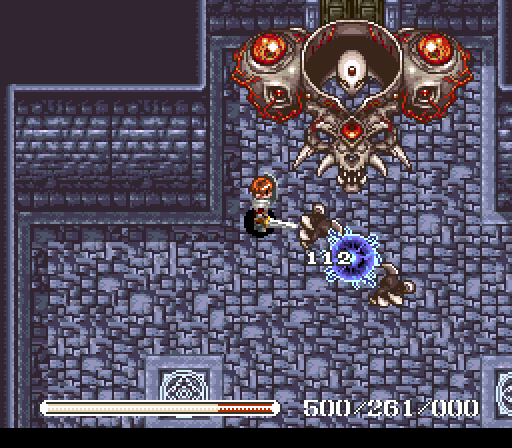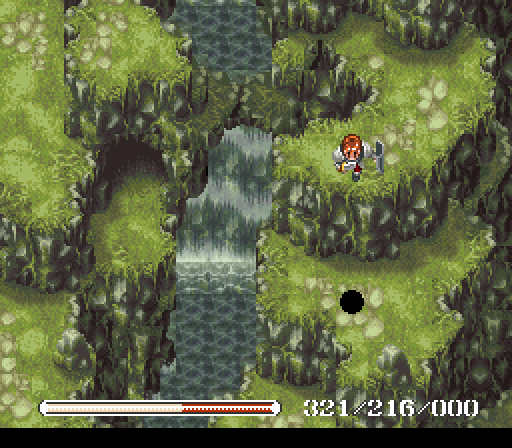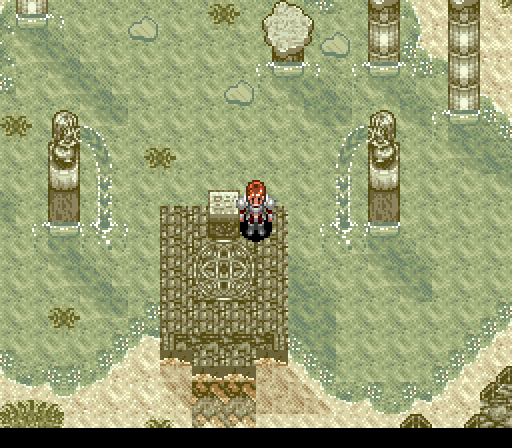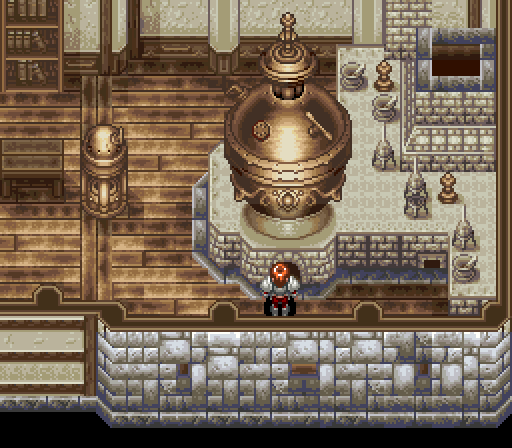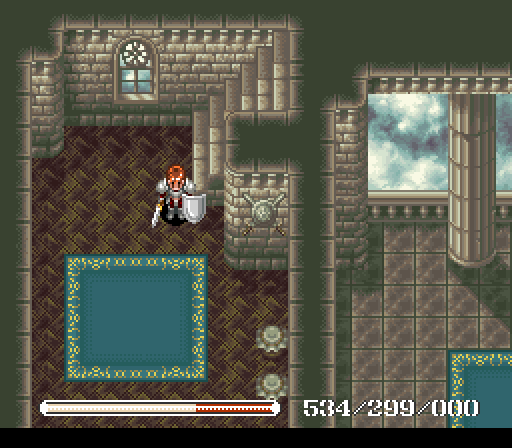I like podcasts. I like them a lot. I probably listen to an average of 8 hours of them a week (Although I am sure it was more than double that during my college years). Currently, I am subscribed to 46 podcasts, mostly in the video game and comedy categories (but I don’t necessarily listen to every new episode of all 46 podcasts, but I digress).
One of my favorite podcast…genres(?) is Video Game Music podcasts, and there are plenty of those. Video game Music (or VGM) lends itself well as great podcasting material, probably more so than “normal” music or film/TV scores. Most VGM tracks are pretty short, especially those from older 8/16 bit consoles, giving ample time for a discussion around them. Plus the nature of VGM allows for more varied “overarching themes” to form a playlist around, filled with tracks from totally different games. With regular music you may have a playlist that focuses on a composer, a band, an album, an era, or maybe a music genre. With VGM you can have a focus on composers, games, game series, game genres, music genres, eras, consoles, or even recurring tropes like snow levels, lava levels, water levels, credits music, title screen music, shop music, battle themes in RPGs, multiplayer mode music, music from games based on Godzilla movies, and so much more. You have so many options to connect disparate games together under one common theme, and then see if they offer any form of similarities in their music (if any). And if there are a certain similarity, one that I find to be very enjoyable, I can then search out for more music based on that particular theme (this is how I found out that Golf games have amazing music).
Anyway, here are my favorite Video Game Music podcasts (in no particular order):
The Sound Test from 1up.com
Hosted by: Ray Barnholt
Site: https://archive.org/details/TheSoundTest_RayBarnholt (original site is dead since 1up.com was shut down. Even the iTunes feed is dead)
Status: Used to be bi-weekly, but now Defunct
This was my first VGM podcast I ever listened to (and also the oldest from the ones listed in this blogpost). Hosted by Ray Barnholt, who was an editor at 1up.com at the time (now working on the excellent SCROLL Magazine, which just ended, sadly), The Sound Test was a pretty straightforward biweekly podcast (biweekly as in an episode every 2 weeks), focusing more on simply enjoying the VGM playlist, rather then creating informative discussions around it. While Ray does introduce each track before playing it, the introduction itself is usually brief, unlike other VGM podcasts, where discussion about a specific track may be several times longer than the track itself.
The episode themselves don’t really have a running theme or topic (aside from the double-length Jazz episode, which is excellent. And the NES anniversary finale episode). The selection of music runs the gamut from 8-bit era tracks to contemporary releases to official arrangements to even fan remixes on YouTube. Each episode lasts about 30 minutes (aside from the aforementioned hour long Jazz episode). And the selections themselves contain excellent tracks from a lot of obscure Japanese games and arrange albums. I discovered gems like the Ace Attorney Jazz Album “Gyakuten Meets Jazz Soul” (my first VGMusings), Napple Tale (by legendary anime and Video Game composer Yoko Kanno), and NieR from this podcast. And some of those are now my all-time favorite music period. It’s a shame that it ended so quickly, with so few episodes.
But that also means going through all of them should be an easier task. If you’ve never listened to The Sound Test, then I urge you to check it out. In fact, if you’ve never listened to a Video Game Music podcast, The Sound Test’s brief run, simple structure, and short episode length should make it an excellent entry way to VGM podcasts.
Favorite episodes:
The Jazz Show (which I already mentioned a few times)
Episode 8: highlighting some unknown great music from Ollie King (composed by Hideki Naganuma of Jet Set Radio/Sonic Rush fame), InFamous, and the Art Style games on WiiWare
Legacy Music Hour
Hosted by: Brent Weinbach and Rob F. Switch
Site: http://legacymusichour.blogspot.com/
Status: currently monthly, with mixtape versions of previous episodes coming in about every week. Used to be weekly before the hiatus.
Out of all the podcasts mentioned in this list, the Legacy Music Hour is the longest running, coming in at 160 episodes as of this writing. This is doubly impressive considering how the Legacy Music Hour has set itself the strictest constraints with regards to track selection out of any VGM podcast. Aside from a few outliers, every track in every episode comes from an 8 or 16-bit console or portable (and sometimes arcade system). Not only that, they also leave out tracks from CD games, so no SEGA CD games or TurboGrafx-CD games. And finally, no adapted music. So tracks like the Cyndi Lauper theme in Goonies 2 on NES, or the TMNT tv show theme in TMNT games don’t count.
So the Legacy Music Hour has all these rules that it set itself, and yet, the hosts got so many fantastic tracks out of the show. It shows that there is plenty of great undiscovered tracks beyond the Mega Mans, the Sonics, and the Final Fantasys. great tracks from games like The Second Samurai, or The Smurfs Nightmare, or Last Bible III, or Quarth, or Magician Lord, or Moryu Senki Madara.
The episode themes, on the other hand, stretch out to every conceivable topic. Of course, you have episodes that focus on a music genre or composer or game company or game genre. But there’re a lot more “esoteric” topics, like power-pad games, games based on Manga franchises, Gambling games, castle areas, games with product placement, or Elevator Music (a favorite episode theme of mine). And the episodes themselves are usually packed with a lot of discussion, sometimes informative, and sometimes it’s just the 2 hosts joking around.
While the Legacy Music Hour did start in 2010 and ran weekly for three years, the hosts decided to end the podcast at the end of 2013, with mixtape versions of old episodes still being put in the feed after it (mixtape episodes merely repurpose the tracks used in previous episodes into a straight lean playlist, without the talky parts). But about a year after, Brent and Rob decided to revive the podcast, making brand new episodes (now in a monthly schedule). In any case, the Legacy Music Hour is a fantastic VGM podcast and you should subscribe to it. Even if the episode release schedule is not as frequent as it used to be, this just gives room for you to catch up on old episodes.
Favorites episodes:
Composer guest/interviews: from ep 36 with Kinuyo Yamashita to to ep 143 with Matt Furniss, to ep 159 with Jake Kaufmann (AKA virt)
Any Elevator Episode, or Sports episode.
Cross Over with VGMpire (Episode 151)
VGMpire
Hosted by: Brett Elston
Site: http://www.vgmpire.com/
Release status: Bi-weekly, weekly during October (AKA Rocktober)
Part of the Laser Time network (which hosts a bunch of great podcasts on different pop culture topics, along with videos and articles), VGMpire is hosted by Brett Elston, and usually guested by a few of his cohorts at Laser Time.
The episodes tend to have a game series focus, with a few game genre focuses here and there, like a driving game episodes, or a vehicular combat genre episode featuring music from Twisted Metal and such. However, there aren’t any “music genre” themed episodes yet, because as Brett himself admits, he doesn’t have the adequate music terminology knowledge needed to make such episodes (which is sort of a running joke in the podcast). Granted, that doesn’t mean there aren’t any intelligible discussions during an episode. One of the more interesting aspects about VGMpire is that it’s not purely a VGM podcast. Most of the music in a typical episode comes from games that either Brett himself played and knows a lot about, or from games that one of the guests have. So the discussions are not strictly all about the music itself, but they can also double as a series retrospective in general. This gives a better context to the music being played when you know that it plays at a specific cutscene where such and such event is happening. Other VGM podcasts tend to be more estranged with the music they play. Their whole relation to a VGM track can be strictly based on how good of a musical composition it is. They may know that it plays at this level or maybe in some cutscene, but for the most part, the discussions are centered around the music itself, as a composition mostly independent from whatever source it came from (which is also a viable way to critique them). But with VGMpire, there is nearly always one person at least with a personal connection to the music being played, there is always a fan of some sort of the series that can give better context about the tracks, whether it be Brett himself or one of the guests. No other podcast will ever have a complete episode dedicated to F-Zero GX/AC soundtrack, half of which would be about the bizarre-but-cool pilot themes that only appear
And that may be VGMpire’s best attribute as a VGM podcast. The show is incredibly funny too.
Favorite episodes:
Sega CDelight episode: A focus on a bunch of lesser known SEGA CD games.
Rocktober: a month long retrospective where the podcasts shifts into weekly releases all focusing on a single game series, usually reserved for series with a huge library of amazing music (2012 was Castlevania, 2013 was Final Fantasy, and 2014 was Pokemon)
Musical Menus: an episode about random menu music mainly in Nintendo and Sony consoles
The Legacy Mana Hour: A cross-over episode featuring Brent Weinbach from the Legacy Music Hour on the topic of the Mana/Seiken Densetsu series.
F-Zero GX episode: As I mentioned, no other podcast will have an episode only on F-Zero GX’s amazing soundtrack. This perfectly encapsulates everything that’s great about VGMpire. Although I do recommend listening to the previous F-Zero series focus episode first just to get yourself ready for this one.
Super Marcato Bros Video Game Music Podcast
Hosted by: Karl and Will Brueggemann (AKA the Super Marcato Bros.)
Site: http://supermarcatobros.com/podcast/
Release status: Weekly
Another long-running and prolific VGM podcast, the Super Marcato Bros podcast is hosted by brothers Karl and Will Brueggemann. Both are obviously big fans of VGM, but they’re also musicians themselves, with their own produced music (many of which are remixes or inspired tracks from games they love). Their musical talents play an important part in the podcast, allowing them to discuss each track presented in a deeper musical sense than other podcasts, analyzing a track’s harmonies or melodies or rhythms or instrumentation, even going to discussing them on a hardware level, which waveforms were used, how they handled the sampling, and generally how they handled all the sound channels during a specific track. The discussions are at a technical level unlike any other VGM podcast. And this the Super Marcato Bros. podcast’s defining quality.
The Episode topics range from music genres to game genres to specific themes like credits music or ice levels, to composer/developer focus episodes, and a host more. There is a lot of variety in their topic themes, and that goes for the track selection too, sourced from everything from 8-bit console and computer games, to modern games, to official and fan-remixes. And with an episode count of 148 as of this writing, the podcast was able to cover a lot of ground. Soon it will outpace even the Legacy Music Hour, so there is plenty of material for a new listener to go through.
Favorite episodes:
Show & Tell episodes: These “free play” episodes have the hosts “show & tell” recent track discoveries that they made to each other and the listeners. It’s a good way to understand each host’s musical and gaming tastes, with a good variety of tracks too.
Listener Show & Tell Episodes: These are like the Show and Tell episodes, but instead it is listeners who are doing the “show & tell” to the hosts, so it’s episodes where the whole playlist is listener suggested, and it’s clear that Super Marcato Bros. Fans have great taste.
The BGM Show
Hosted by: Daniel New
Site: http://www.thebgmshow.com/
Status: Defunct, but used to be weekly, sometimes it took a few months hiatus. It never really had a strict release schedule.
Another old VGM Podcast, The BGM Show was hosted by Daniel New, who now writes for Thumbsticks.com. Since it started just a few months after The Sound Test, I listened to both shows concurrently, and they worked quite well as a pair. Both shows have similar formats and lengths, they’re light on discussions as the focus is clearly on the tracks themselves. But the track selection in both shows are quite different. While The Sound Test mainly had tracks from Japanese games, The BGM show was more focused on tracks from western games. Of course, there are plenty of tracks from Japanese games here (and western ones in The Sound Test), it’s just that the tracks that resonated with me the most from The BGM Show were from western games, music from Mafia II or Bully or from composer Jesper Kyd. I think the best way to summarize both The BGM Show and The Sound Test is that The Sound Test had tracks from games I never heard of, let alone played, while The BGM Show had tracks from games I never really “listened” to, games that are probably more well known but few have ever seriously checked out their soundtracks, if that makes sense, which is not something you’d see in a lot of VGM podcasts.
Another cool aspect is the episode theme. Of course, you have the a composer-focus episode on Jesper Kid (the only composer focus in the whole shows run), and you also have you Valve focus episode or SEGA Genesis episode, but for the most part, the themes in a typical BGM Show episode is more abstract than that. You have an episode about “Place” or “Youth” or “Bastards”. They’re not concrete rules that govern an episodes choice of tracks, but they definitely create a more harmonized playlist.
Favorite Episodes:
#25 Jesper Kyd: A focus on the Danish composer known for the Hitman series, who then moved to Assassin’s Creed, and recently worked on the Borderland series (though none of his Borderlands music is featured). But the episodes delves deeper into Jesper Kyd’s past, before his recent live-music compositions, and features a couple of his SEGA Mega Drive/Genesis soundtracks.
#09 Playful: This is a great showcase on The BGM Show’s particular “themes” which form an episode. The games featured in this episodes don’t really fall into any singular game genre, nor do their music fall into a single musical genre, but it’s clear that they all share a sense of “playfulness”, and it forms a more cohesive playlist than a playlist with a “harder” genre specification.
Honorable Mentions
These are podcasts I only recently listen to an episode or two, and haven’t really delved quite into, but I nevertheless suggest to check out:-
Sound of Play
Hosted by: Leon Cox, Jay Taylor, and other members of the Cane And Rinse gaming site.
Site: http://caneandrinse.com/sound-play/
Feed status: Biweekly
The Sound of Play podcast comes from the Cane and Rinse podcast group (which you should check out too if you like an alternative video game podcast that is not about current events or brand new releases but instead focuses on a single game each episode, dissecting it from top to bottom). Sound of Play is a pretty straightforward VGM podcast, with a focus more on presenting great music that speaks for itself rather than having in-depth discussions about specific tracks. The episodes don’t have an overarching theme usually, with a random selection of VGM tracks from different eras. One thing I like about the podcast that I wish other podcast would do is that the hosts usually incorporate track selections from listeners into the episode (in fact, episode 6 was all listener-suggested tracks). All in all, a nice VGM podcast that I will be checking out more of soon.
Train Station at 8
Website: http://www.whalesarewhales.com/trainstationat8
Status: Weekly
I only listened to one episode of Train Station at 8, but I think this is a very interesting and very unique take on the VGM podcast format. Rather than putting a big selection of tracks to listen to, with talks about them in between, the hosts and guests of each episode zero-in on one specific track of a game soundtrack, with super in-depth discussion about said track lasting about 20, maybe 30 minutes. Of course, there will also be snippets from different tracks of the same game here and there, and it’s obviously critical to examine the soundtrack on a whole in order to give a better context to the subject track, but for the most part, you will only listen to one track fully. The podcast is also guest heavy, as nearly every episode features guests like composers talking about their track that’s featured on an episode (or just talk about some track they really like, not necessarily one they made). There’re also VGM arrangers and remixers, such as Overclocked University (from the excellent OcerClocked remix site, which, again, you should check out too). There’re even other VGM podcast hosts, like VGMpire’s Brett Elston, or the Super Marcato Bros. All in all, it’s a great alternative VGM podcast that may not exactly have a lot of VGM in it, but definitely has a lot of informative and engaging talk ABOUT VGM in general.

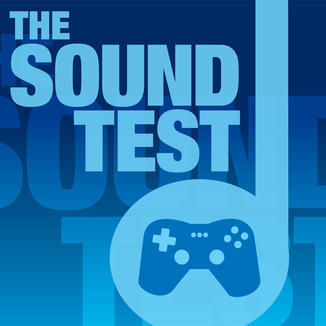
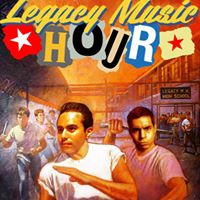
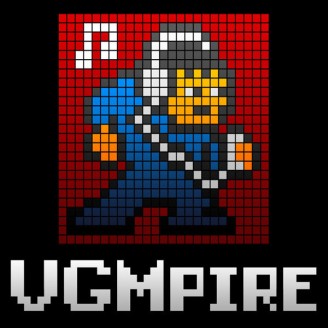




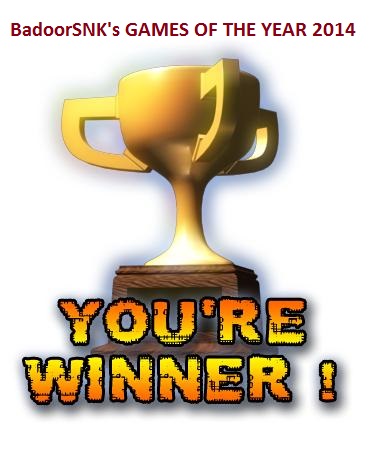
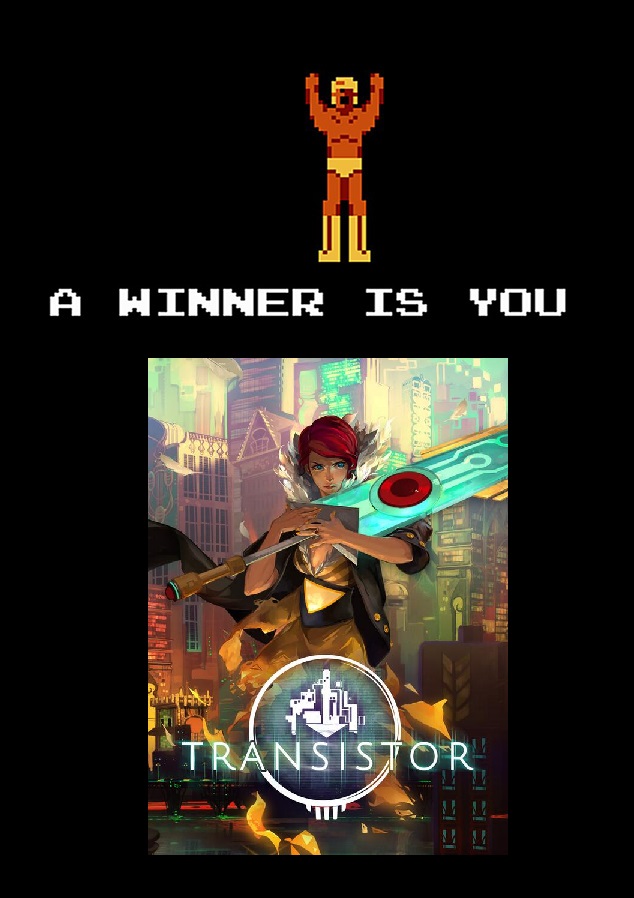
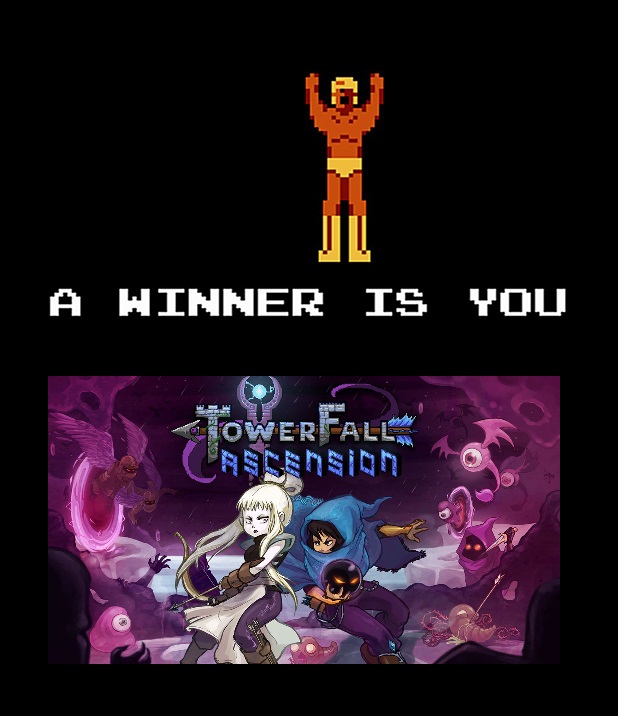
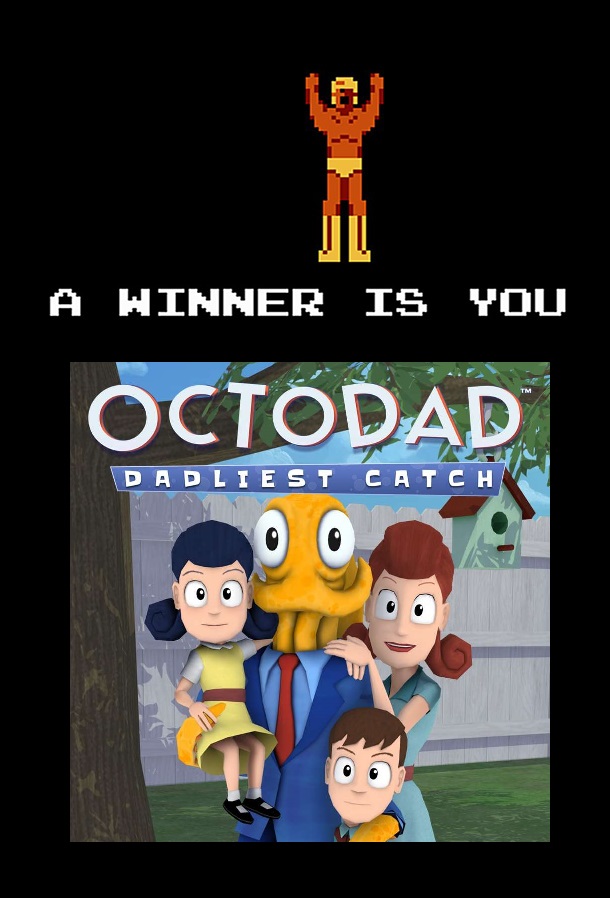
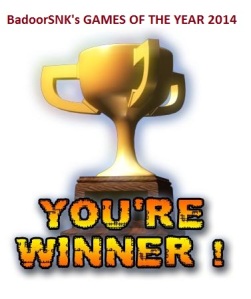
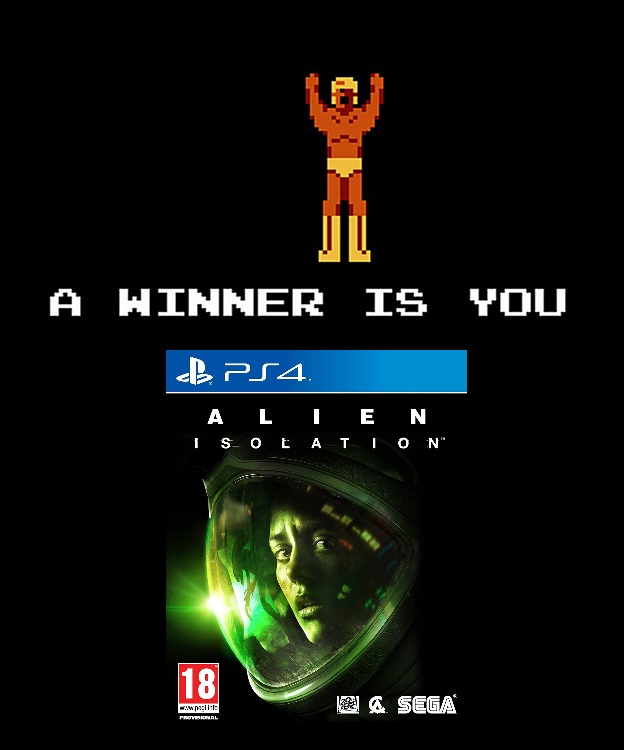
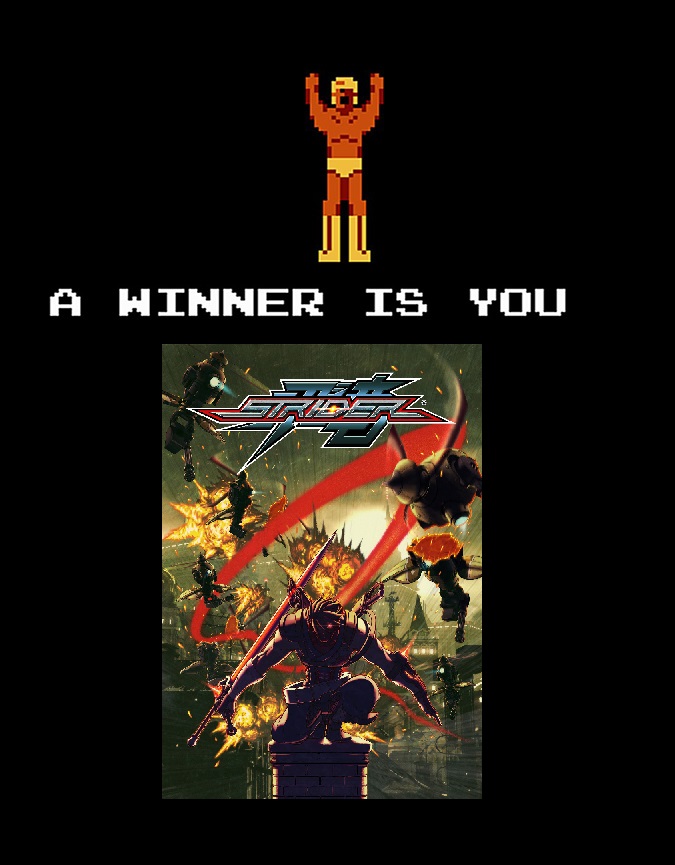


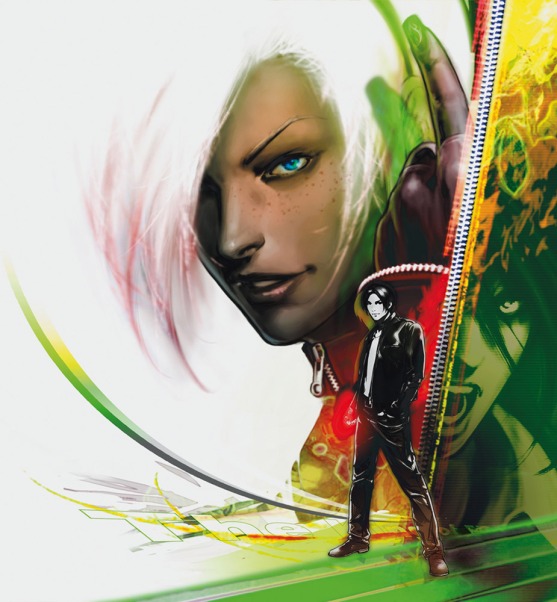
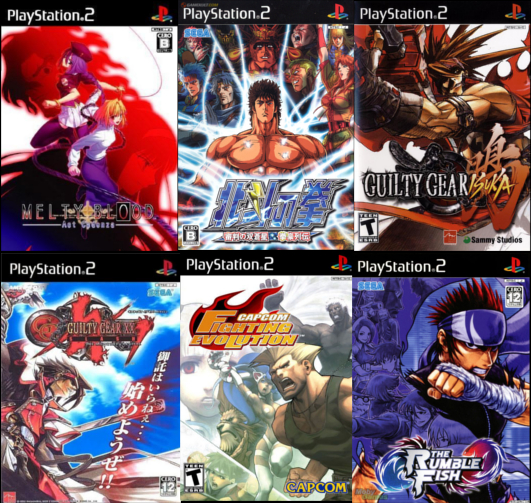
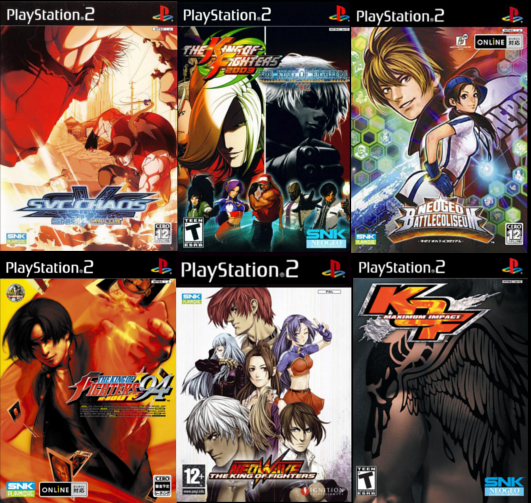



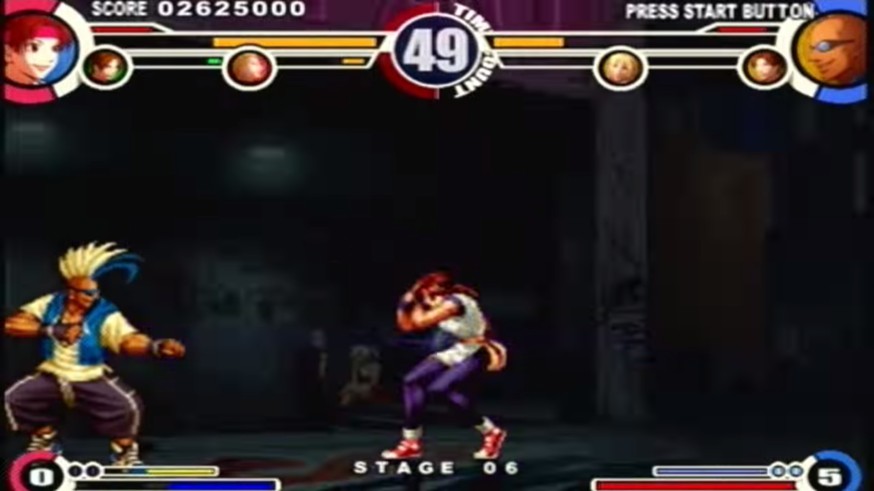
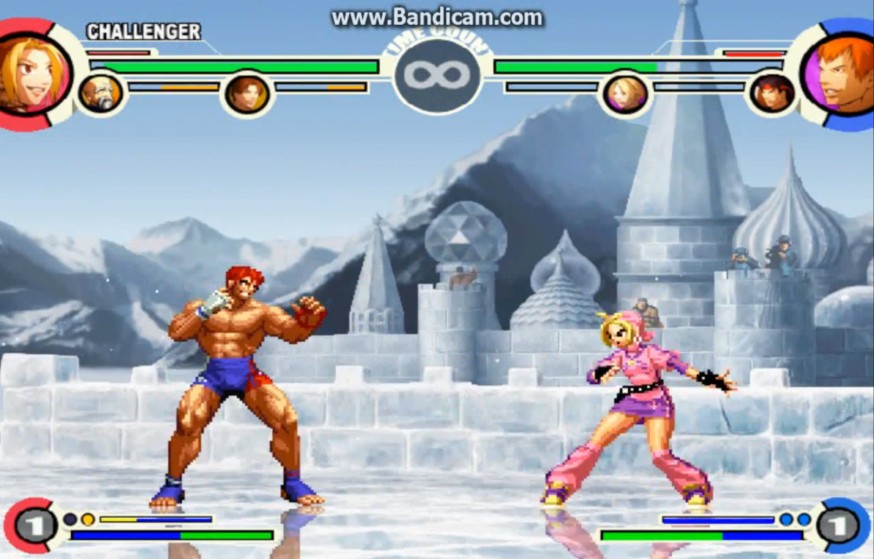








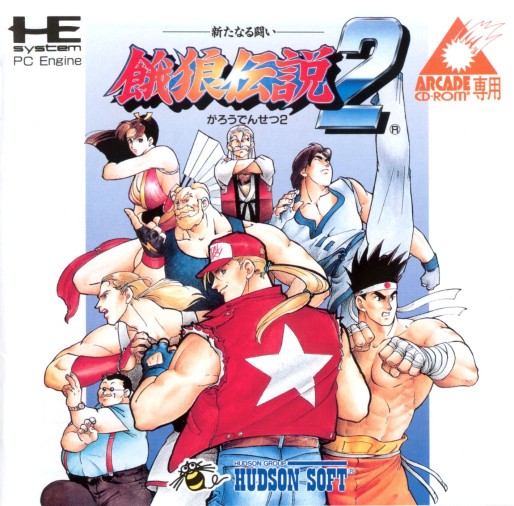
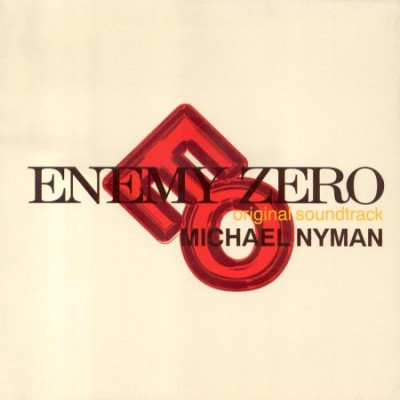
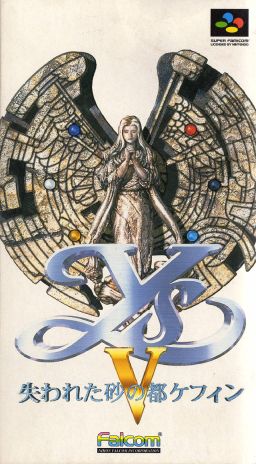
![63926-Ys_III_-_Wanderers_from_Ys_[U][CD][TGXCD1015][Falcom][1991][PCE]-6](https://badoorsnk.files.wordpress.com/2014/01/63926-ys_iii_-_wanderers_from_ys_ucdtgxcd1015falcom1991pce-6.jpg?w=600&h=450)

